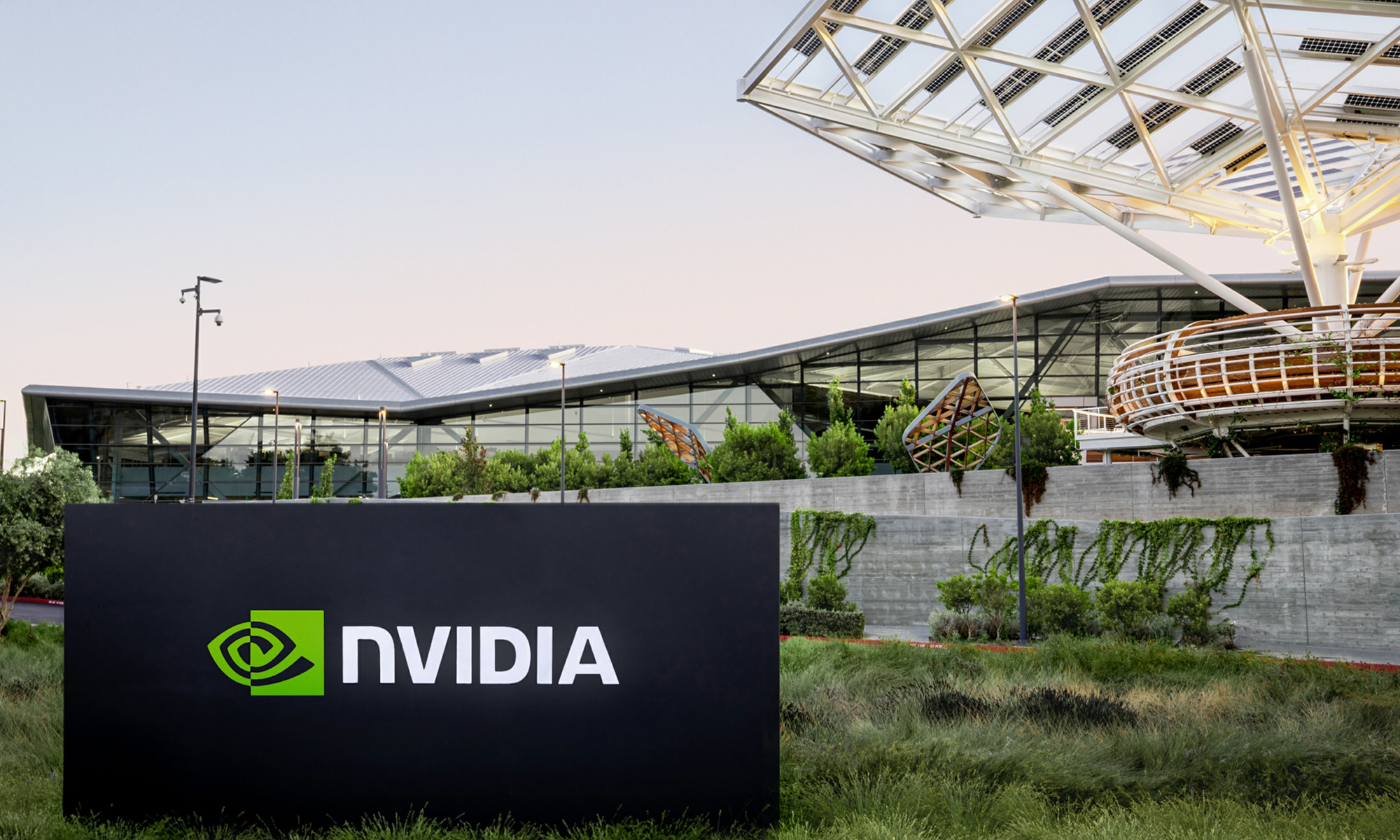Many articles have been written over the last year or so about "the next Nvidia (NVDA +3.80%) stock," which refers to a stock that has the potential to post incredibly strong gains over at least the medium term, just like the artificial intelligence (AI) chip leader has done.
With the risk of sounding like I've lost my mind, I think there's a good case to be made that "the next Nvidia stock" could actually be Nvidia stock. In other words, there seems at least a solid probability that Nvidia stock still has not just good or even great but amazing growth potential left. Think of it as "Nvidia the superstar stock 2.0."

Image source: Getty Images.
I say "at the risk of sounding like I've lost my mind" because I understand the law of large numbers strongly works against my thesis. This "law" basically means that the larger a company becomes, the more difficult it becomes to continue to grow revenue and earnings at a strong pace on a year-over-year percentage basis. And year-over-year earnings (and cash flow) growth is what largely powers stock prices higher.
Nvidia is massive. It has a market cap of $3.55 trillion, as of June 18, making it the world's second most valuable publicly traded company, trailing Microsoft by just a sliver. Moreover, Nvidia management expects the company to generate revenue of $45 billion in its fiscal second quarter, which equates to an annual revenue run rate of $180 billion.
A Nvidia stock 2.0 run-up "just" needs solidly double-digit earnings growth and a relatively reasonable valuation
To be clear -- I think it's highly unlikely that Nvidia will ever again be able to pump out a long consecutive string of year-over-year quarterly earnings growth in the very high double-digit to triple-digit percentages. But I don't think it has to do that in order to deliver stellar returns to investors for some time. Year-over-year earnings growth solidly in the double-digits plus a reasonable stock valuation should be all that's needed to keep investors very happy.
What makes me have confidence in the "reasonable valuation" bit?
Currently, Nvidia stock's valuation is reasonable by just about every measure, but that has not always been true. (For reference, it's trading at 25.4 times Wall Street's projected forward earnings per share, or EPS, as of June 18. That's an attractive valuation for a company that analysts expect will grow EPS at an average annual rate of 30% over the next five years.)
The main reason I think the valuation will likely remain relatively reasonable (at least much of the time) for a while circles back to that law of large numbers. Wall Street analysts and many investors are well aware of this phenomenon, and I think most folks in both those groups will tend to continue to significantly underestimate Nvidia's future earnings growth potential due to thoughts like these:
- An investor and analyst thought: It's so massive, there's no way it can keep growing earnings much.
- An investor thought: After its massive run-up, I've missed my chance to buy Nvidia stock. (How many of us thought that about, say, Amazon many years ago, only to be proven wrong?)
Consistent beliefs like these will help keep Nvidia stock's valuation reasonable in part because Wall Street analysts are going to tend to be too conservative in their estimates, in my view. Moreover, some investors will probably feel that Wall Street is being too liberal in their estimates because they themselves feel cautious given Nvidia's humongous size.
Yes, this caution among many investors would likely slow down Nvidia stock's rise, but that's better than the stock frequently shooting up to unsustainable levels, only to plunge back down to Earth, in my opinion.

NASDAQ: NVDA
Key Data Points
So what catalysts will drive Nvidia stock on another super multiyear run-up?
This topic could be several articles, so here's just a brief list.
1. The company's now-annual cadence of launching new graphics processing unit (GPU) architectures for its products for its AI-accelerated data center, gaming, and other market platforms. Blackwell is its current architecture.
2. The approach of the widespread legalization of autonomous vehicles. Nvidia's GPUs will be the "brains" inside many of these vehicles.
3. The approach of the era of humanoid robots. Nvidia's GPUs will be the "brains" inside many of these robots.
4. The company will stay ahead of the innovation pack by entering emerging new technologies via organic growth and acquisitions. An example here is quantum computing, in which I think Nvidia will be increasingly involved.





